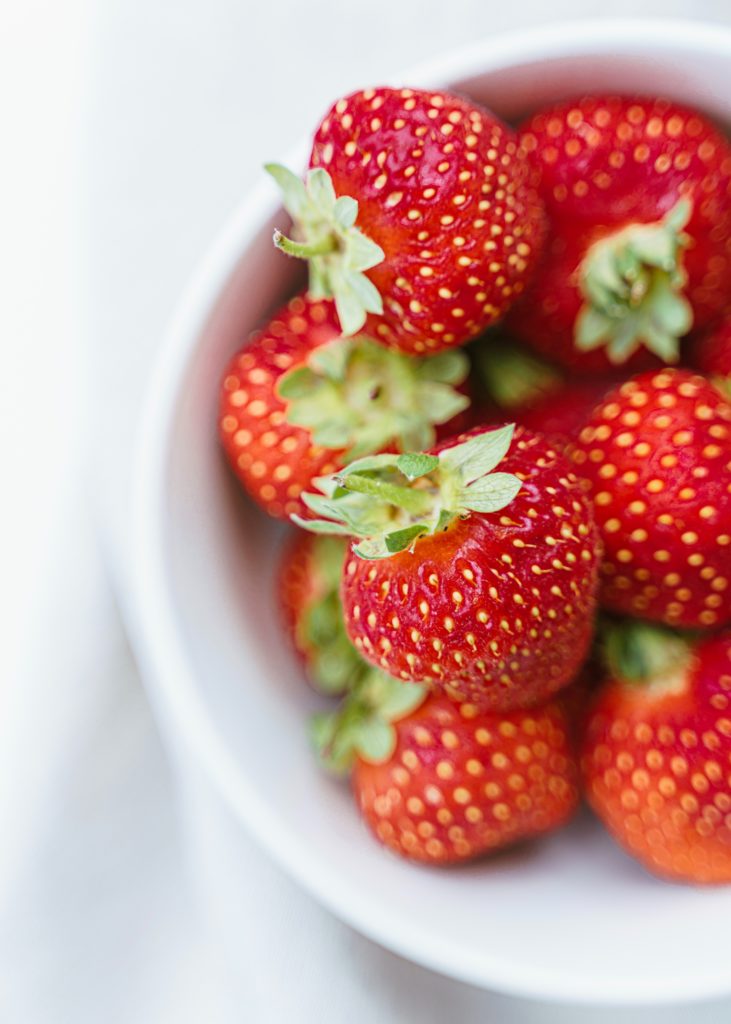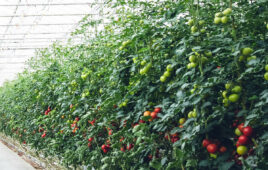Targeting an ingredient’s harvest season allows club chefs to showcase vibrant menu items throughout the year.

Fresh ingredients have the power to evoke memories of specific times of year—hearty root vegetables in the winter, watermelon in the summer, and the diverse collection of squash in the fall. Club chefs often aim to highlight seasonality—or a time when the item is at its peak for harvesting, prepping, and eating.
Perks of Seasonality
Planning the club menu around seasonality has a range of benefits, including a lower price point, a richer flavor, and a greater selection at the market. Additionally, choosing local produce means that the ingredients have less distance to travel, cutting down on a club kitchen’s carbon footprint.
Above all, seasonality works with the natural progression of the item. Fruits, berries, and beans ripen naturally on the vine at different times throughout the country. Snagging them when they are at their peak elevates a meal during their peak moment more so than when they must be picked early for transport.
Popular Seasonal Trends
Every region of the world has its own seasonality based on its climate zone, however, there are some commonalities among cold and warm weather foods.
For example, the fall focuses on heartier fruits such as apples, pears, and cranberries. Leafy greens, squash, broccoli, and cauliflower are popular choices as well.
Throughout the winter, citrus fruits, root vegetables, mushrooms, and cabbage come into play, leading to the rich soups and stew associated with this time of year.
Colorful produce that mainly grows on trees and shrubs take over in the warmer months, including berries, apricots, figs, peppers, cucumber, and asparagus.
Seasonality on the Menu
While most recipes require out-of-season ingredients to keep up with dining trends, showcasing seasonal items help mark the time of year for the club. The shift from lighter, warm-weather dishes to the comforting staples of autumn adds natural variety to the club’s menu, bringing members back again and again to taste the local flavors.




